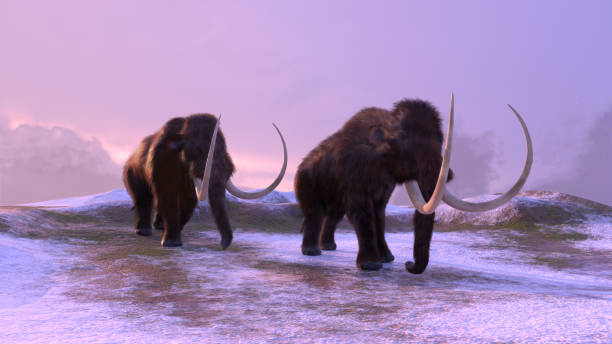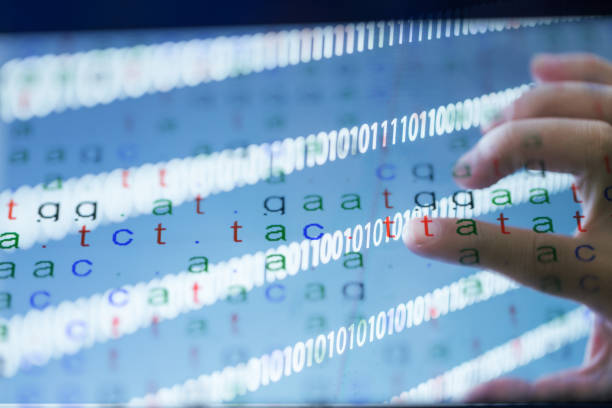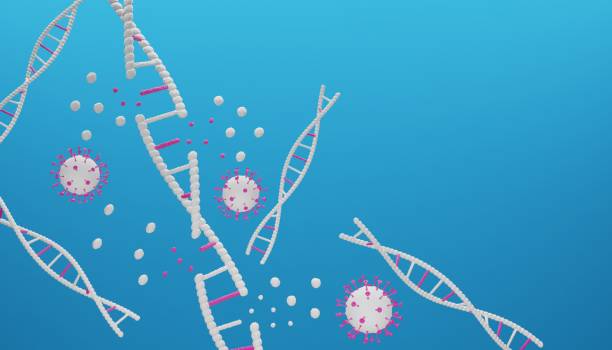What can be called Evolution
Published on 31 Dec 2023
Biology
Evolution has been a part of nature since the very beginning of life, yet only a few truly understand the intricate details and reasons behind this thought-provoking process. Biology's fundamental concept of evolution describes how living things have changed and diversified over time. It is a process driven by natural selection, adaptation, and genetic variation. Charles Darwin initially proposed the theory of evolution in the mid-19th century, and it has since become one of the most significant and respected scientific theories.
Essentially, evolution suggests that every species, including humans, shares a common ancestor and has gradually evolved from primitive organisms to the diverse range of sophisticated living forms we see today. Numerous empirical findings from scientific fields like genetics, comparative anatomy, and paleontology support this theory.
These gradual adjustments can lead to significant changes over millions of years. Due to factors such as geographic isolation or the development of different adaptations to fill ecological niches, a single species may diverge into several species. The immense diversity of life on Earth arises from this process of speciation.
The extinct woolly mammoth and the contemporary elephant are well-known examples. Despite their distinct environments, these species shared a common ancestor during their evolution. Mammoths exposed to cold environments evolved to have warm, hairy coats.

According to the theory of natural selection, individuals with advantageous traits for their environment have a higher chance of surviving and passing on these traits to their offspring. Conversely, less favorable or harmful traits become less prevalent over time or may disappear altogether since they reduce an individual's likelihood of survival and reproduction.
Genetic variation plays a crucial role in evolution. Differences in DNA sequences and alleles within a population are termed genetic variation. These differences arise from various genetic processes, including genetic recombination during reproduction and genetic mutations, allowing for a range of features and qualities within a population.

Evolution is driven by the interplay between genetic variation and natural selection. Natural selection favors traits that enhance an organism's fitness and survival, acting on the genetic variation present in a population. Consequently, over time, the frequency of advantageous traits increases while that of harmful traits decreases.
Several processes contribute to evolution, such as:
Adaptive evolution: Occurs when specific traits favored by natural selection enhance an organism's survival and reproduction in its environment, leading to the proliferation of these beneficial characteristics over time.
Genetic drift: Unpredictable fluctuations in trait frequencies within a population unaffected by natural selection. In smaller populations, genetic drift is more noticeable and can result in the loss of certain traits and fixation of others.

It's important to recognize that evolution is a gradual process, with small changes accumulating over many generations. These fundamental mechanisms enable populations to adapt and thrive in changing environments, driving the process of evolution.